Do you ever feel like you’re stuck in a rut? Like you’re just going through the motions day after day? If so, you’re not alone. Many of us feel this way at some point in our lives. But what if I told you that there’s a way to break out of this cycle and get your life back on track? The answer is build a new habit.
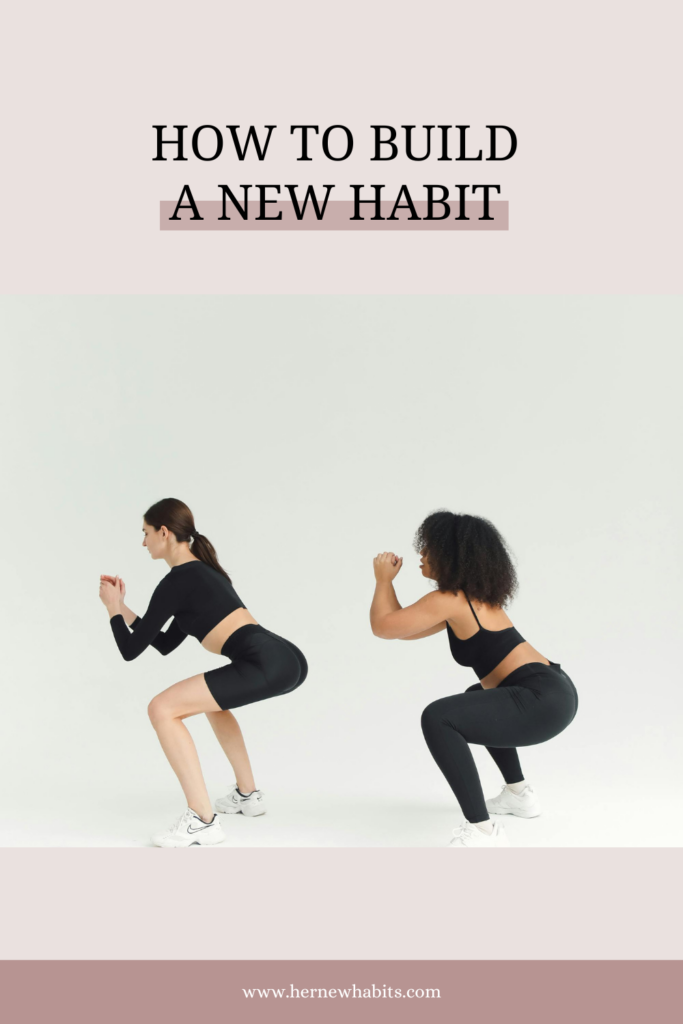
Habits are the small, everyday actions that we take, often without even thinking about them. They can be positive or negative, and they have a profound impact on our lives. By learning how to build new habits, we can change our behavior and achieve our goals.
What is a Habit and How to Build One?
A habit is an action that you repeat so often that it becomes automatic. You do it without even thinking about it. For example, when you wake up in the morning, you probably brush your teeth without thinking about it. That’s a habit.
Habits are powerful because they shape our behavior. Our habits determine what we do, what we think, and how we feel. 45% of your daily time is full of habitual actions.
If we have good habits, we’re more likely to be successful, healthy, and happy. But if we have bad habits, we’re more likely to struggle.
Why is it Important to Build Good Habits?
Building good habits is important because it can help us achieve our goals. For example, if you want to lose weight, you can develop healthy eating and exercise habits. If you want to be more productive, you can develop habits that help you focus and get things done.
Good habits can also help us improve our mental wellbeing. For example, if you develop the habit of meditating every day, you can reduce stress and improve your mood.
“People do not decide their futures, they decide their habits, and their habits decide their futures.” ― F. M. Alexander
How to Build a New Habit
There are many different ways to build new habits, but one of the most effective is to use the habit loop. The habit loop is a three-step process that consists of a trigger, a response, and a reward.
- Trigger: A trigger is something that cues your brain to start a habit. For example, if you want to develop the habit of drinking more water, you could set a timer on your phone to go off every hour. When the timer goes off, that’s your trigger to drink a glass of water.
- Response: The response is the actual habit that you’re trying to develop. In the example of drinking more water, the response would be to drink a glass of water when the timer goes off.
- Reward: The reward is something that reinforces the habit and makes you want to do it again. In the example of drinking more water, the reward could be the feeling of being hydrated or the satisfaction of knowing that you’re taking care of your health.
To build a new habit, you need to identify a trigger, a response, and a reward. Once you’ve done that, you need to start repeating the habit loop.
Tips for Building New Habits
Here are a few additional tips for building new habits:
- Start small. Don’t try to change too many things at once. Start with one small habit and focus on that until it becomes automatic.
- Make it easy. The easier it is to do the habit, the more likely you are to stick with it. For example, if you want to develop the habit of exercising, you could keep your workout clothes in a visible place so that you’re more likely to put them on.
- Be patient. It takes time to build new habits. Don’t get discouraged if you don’t see results immediately. Just keep practicing and eventually, the habit will become automatic.
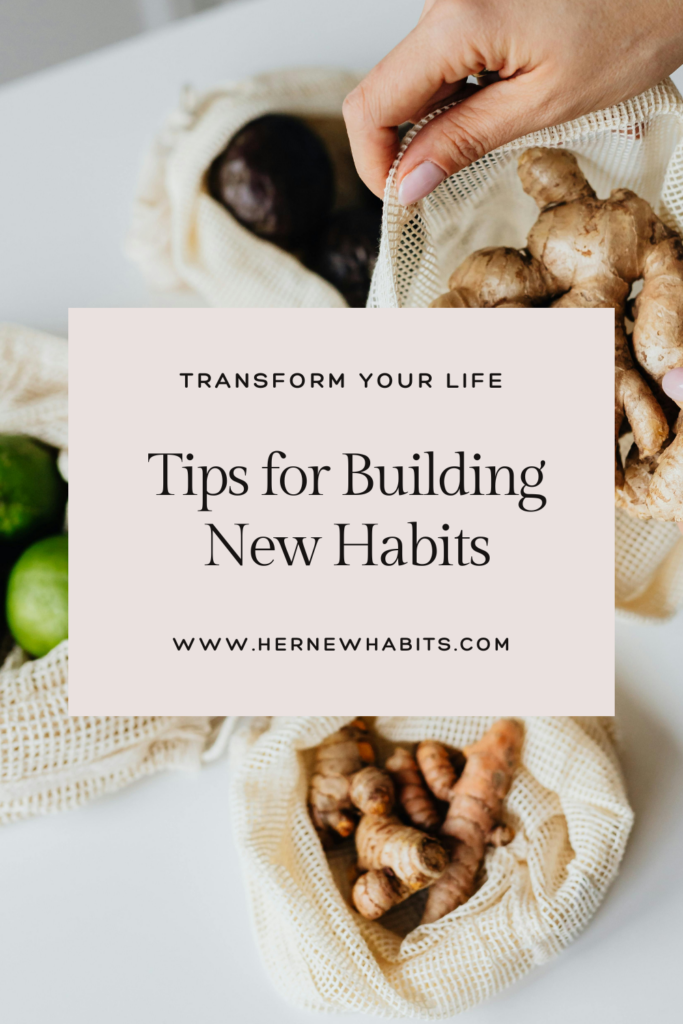
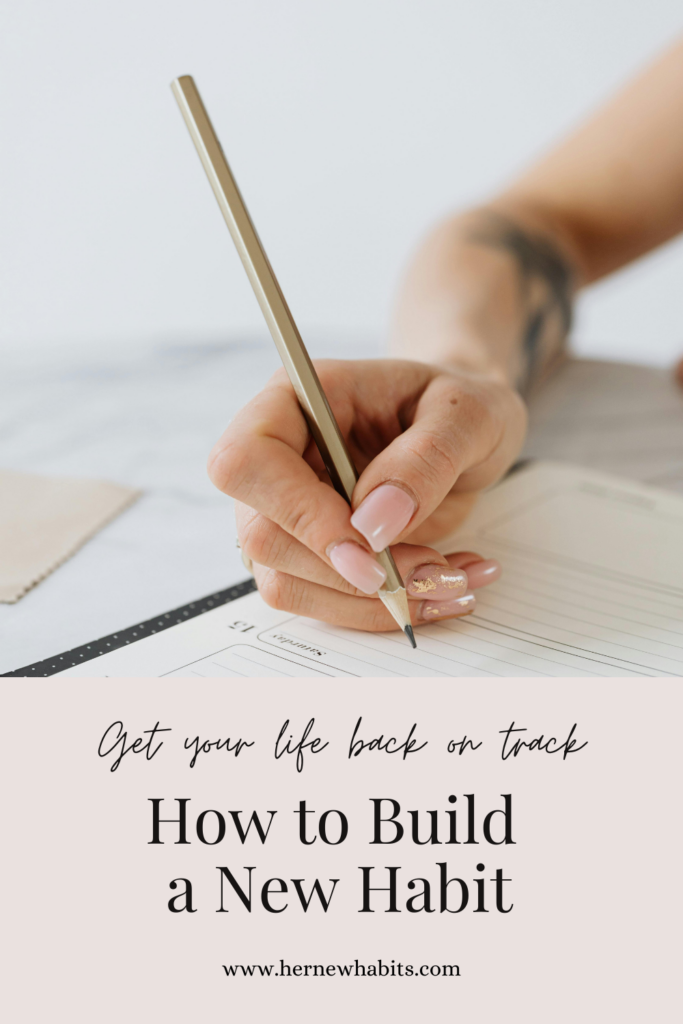
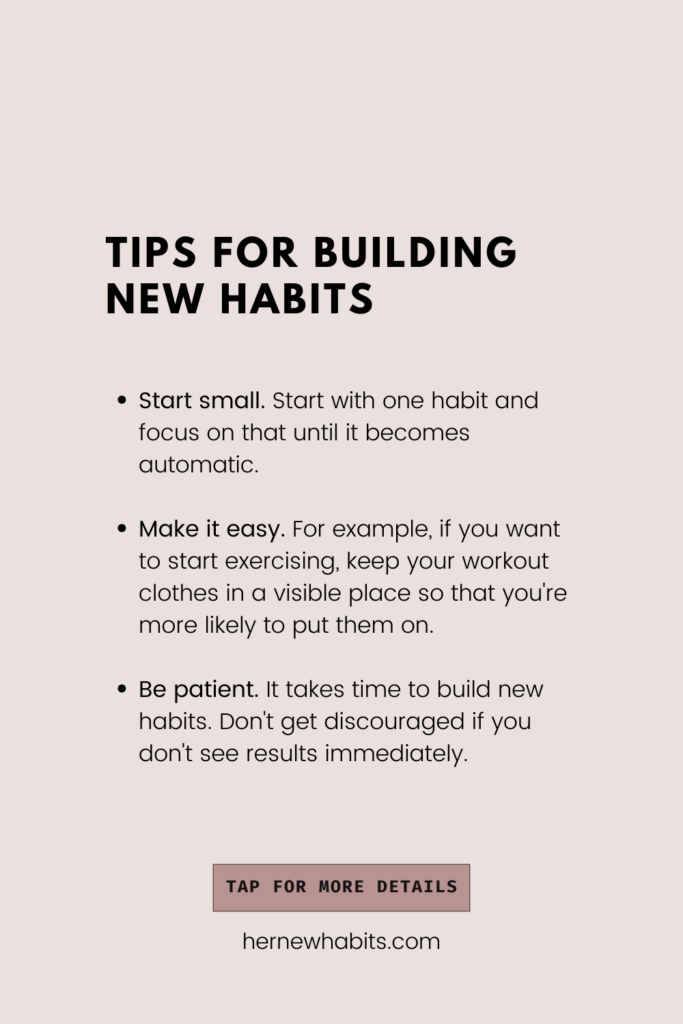
Use your Current Habits to Build New Ones
Think of your current routine as the anchor for your new habits. Take a look at what you do every day. How can you add new habits to your daily activities?. Here’s an example:
| Goal | Habit |
|---|---|
| Drink more water | After each coffee you drink, drink a cup of water. |
| Exercise | every time you go to bed, set aside 5 minutes to relax. |
| More Productivity | Set an alarm to remind you to take a break or stretch during work hours. |
Conclusion
Building new habits can be challenging, but it’s worth the effort. By developing good habits, you can achieve your goals. So, what are you waiting for? Start building some good habits today!
What’s one new habit you’d like to build? Share it in the comments below!
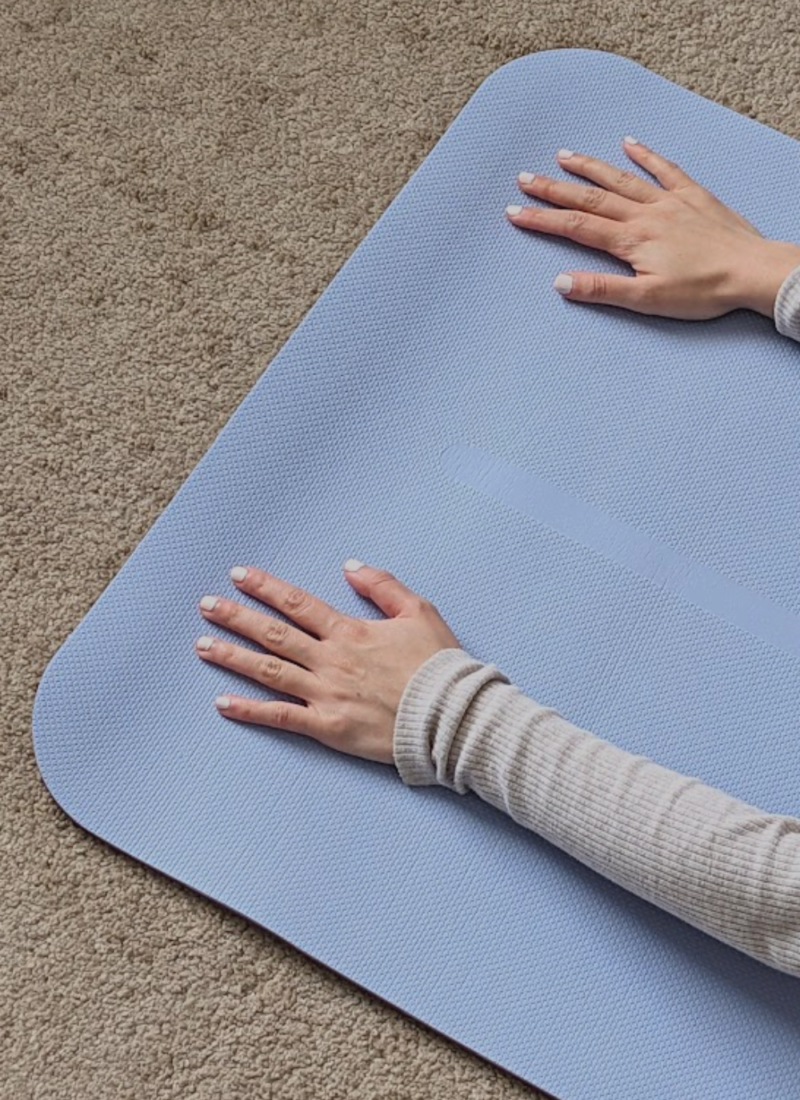


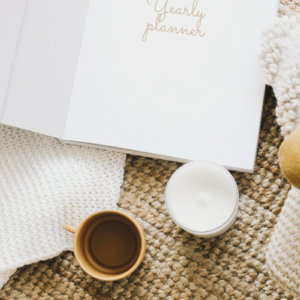
Giangi says
I am a stickler to maintain good habits and have to keep myself on the stick and narrow sometimes as I have the tendency to spread myself too thin and not do so. Thank you for a great article. Lots to review in my personal life.
Nury - Her New Habits says
You’re welcome! I’m glad is useful for you 🙂
Hope Long says
Fantastic article. Reward is important for me and keeps me motivated.
Nury - Her New Habits says
Thank you! Yeah, if you want to change your behavior and create new habits it’s important to identify the rewards.
Skye Sauchelli says
Love your tip about setting up cues for ourselves to prompt us to take action and engage in the activity we want to become a habit. It’s so good to focus on building healthy habits and crowd out some of our not-so-healthy habits!
Nury - Her New Habits says
That’s great. Setting cues is important to build new habits, so I’m glad you like that tip. The idea is to empower you to create healthy habits and overcome bad ones.
Krystian says
My big habit is to take my meds when I feed my dogs in the morning. They will NEVER let me forget to feed them so I paired my medication with that?
Nury - Her New Habits says
Yeah, if you already have the habit of feeding your dogs in the morning you can pair the habit of taking your meds right after that. Place your meds in a place where you can easily access them while you are feeding your dogs. That’s the easiest way to create a new habit.
carissa says
good habits are a must in maintaining a routine and your mental health. Thank you for this information
Nury - Her New Habits says
Yes, hopefully, people take more ideas from here to build new and good habits that lead to a healthier lifestyle.
W. Santiago says
This is so true. Many people don’t realize the importance of creating new habits. Thanks!
Nury - Her New Habits says
Right. The process is simple, we just need to be aware of it.
Komal Singh says
I’m always trying to build good habits. Thanks for sharing these tips!
Nury - Her New Habits says
You’re welcome! I’m happy that you found this helpful 🙂
Christine says
Great article! I always try to set an intention for the day to help me incorporate a new habit that I’m working on and then reward myself. I like how you broke down the rewards into two types immediate and long-term—something to keep in mind.
Nury - Her New Habits says
Setting an intention every day is a great way to be more aware of your habits and work on them. And yes, rewards are key to keeping your new habits going. Thank for your comment 🙂